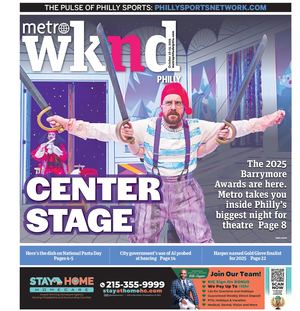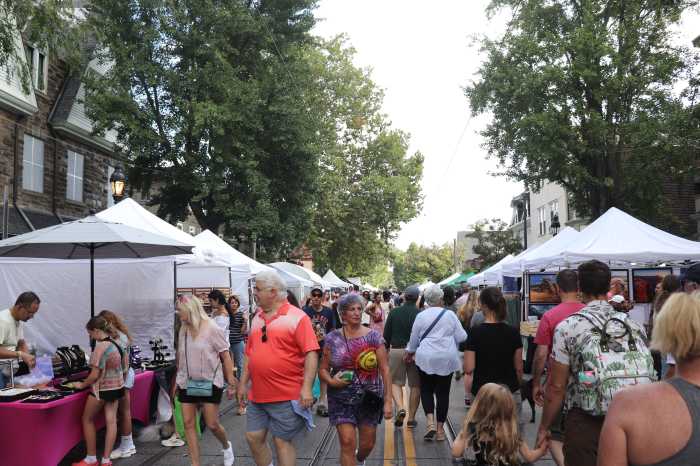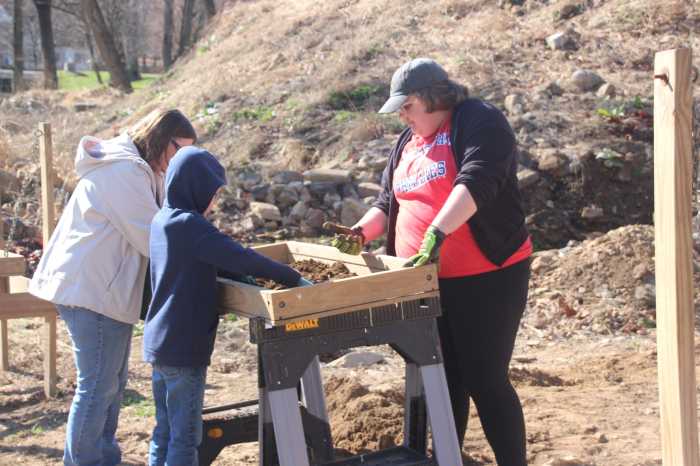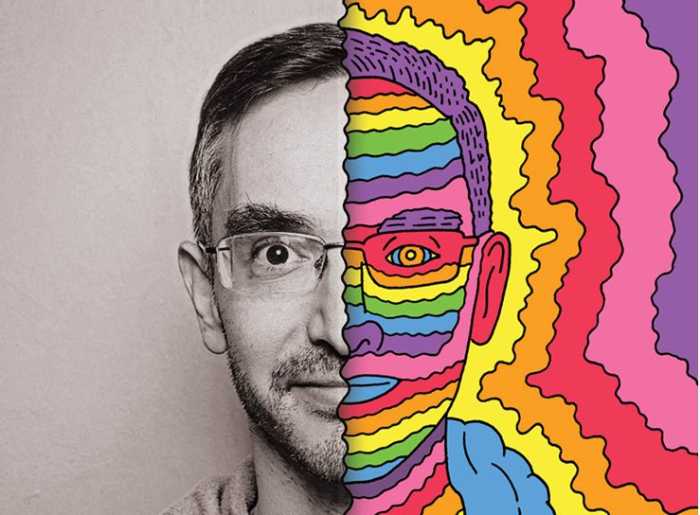The Moore College of Art & Design takes its reputation as the home of fashion-forward students seriously.
Initially known, upon its founding in 1848, as the Philadelphia School of Design for Women — the first women’s art school in the US — Moore has gone on to mold its students into free-thinking, independent-minded couturiers and business people for the next generation. The greatest show of the college’s potential, from the avant-garde through to the mainstream, is Moore’s annual Fashion Show, this year held on May 12, at the Weitzman National Museum of American Jewish History.
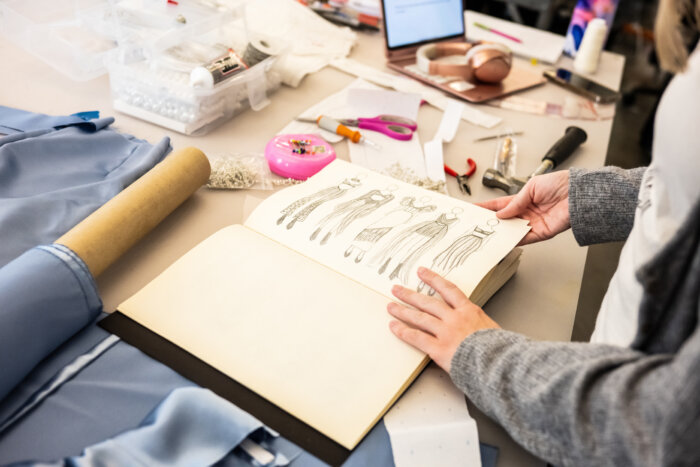
Cathy Young, President of Moore College of Art & Design, and Daniel Velasco, Program Head and Assistant Professor of Fashion Design, recently spoke with Metro about the most fashionable event of the season.
Approximately how many graduating students work in the fashion industry or create their own jobs after they leave Moore?
Young: Moore grads are known for being innovative and entrepreneurial. Over 97% of our surveyed 2021 BFA graduates are employed or in graduate school just one year out from graduation, with 95% working in their field of study. Many of our alums have gone on to launch their own design businesses to great success. We’re proud to claim fashion luminaries such as Adrienne Vittadini, two-time Project Runway winner Dom Streater, and Mela founder Neel Elsherif as Moore alums. Moore Fashion Design grads work at Anthropologie, Bloomingdale’s, Banana Republic, and start their own lines and businesses as fashion designers and entrepreneurs. I’m thrilled to be wearing a design at this year’s Fashion Show created by Moore alum Yasmeen Ahmad, whose label, The House of Swazi, exemplifies the energy and design innovation of our Moore grads.
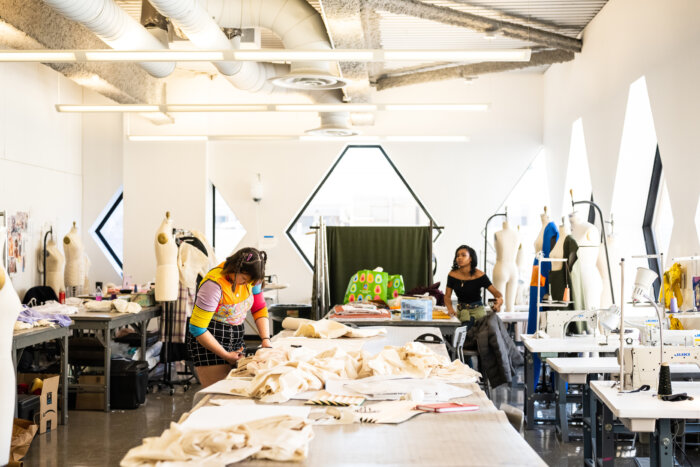
What design signatures do Moore students have when they leave the school — is there a Moore “look” or “touch” to their design aesthetic?
Young: Our Fashion Design students spend four years honing skills and soaking up inspiration to create final collections, but our goal is to teach them how to design, not what to design. What I find so fascinating about our Fashion Design program is how unique each student’s designs are, from the silhouettes to the textiles to the artistry, as well as how beautifully crafted. These final collections are the culmination of not just the education and skill-building we provide in the classroom, but an individual journey of self-discovery for each designer.
How has the Moore Fashion Show changed within the last decade, particularly since Covid?
Velasco: Moore’s annual Fashion Show, as always, is about giving our graduating Fashion Design seniors the exciting opportunity to display their final collections on the runway, in front of an audience. It’s an experience that will prepare them for their futures in the industry, because they participate in every aspect of the show’s production. Not only are they tasked with completing their collections on a deadline, but they also work with Moore staff and our production team on choosing music, completing photo shoots, choosing and fitting models, and other professional-level work that goes into a runway show. The one thing that has evolved over the years is what the students are thinking about and what kinds of collections they create. We are seeing more size-inclusive collections, for example, more sustainable fashion, and more looks that are androgynous or play with traditional notions of gender—all of which speaks to ongoing trends in the industry.

What should audiences expect from the Moore Fashion Show? What trends does it play to?
Velasco: The collections of the senior students are very different from each other. Each graduating senior showcases a unique point of view with original concepts that include Victorian mourning, the feelings of clowns, and the importance of not being labeled, taking up space, and being content in the bodies we inhabit. Developing these imaginative concepts has given our students the opportunity to explore different materials, color stories, finishes, and aesthetics, that are all linked symbiotically to the emotions they want to reflect with each garment. Velvet and organza were popular fabric choices this year, and several students experimented with machine knitting. A lot of hand beading and embellishments can be expected as well on this year’s runway.
Our graduating seniors are actively pushing the boundaries of fashion design and asking crucial questions through their collections and with every singular look. Beyond breaking rules, they are redefining old paradigms and engaging in deeper conversation. Ecology, sustainability, human rights, and cruelty-free practices are sine qua non standards in their everyday practices as fashion designers. They all want to do their part to transform the fashion industry—to make it more democratic, diverse, inclusive, and accessible.
